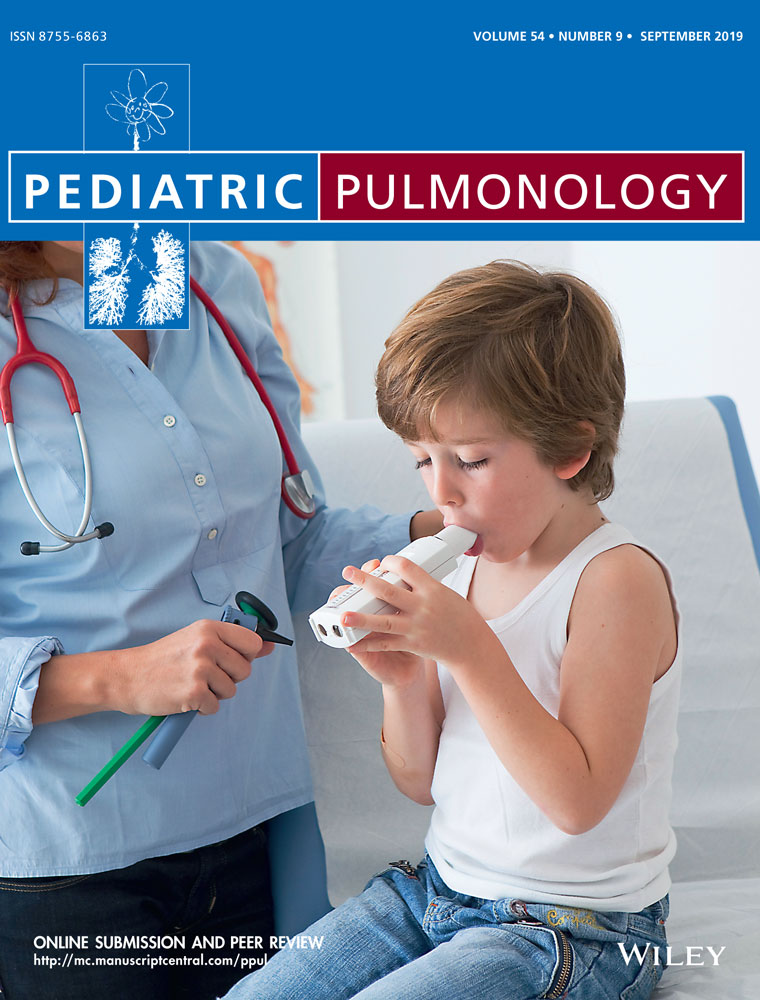Episodic viral wheeze and multiple-trigger wheeze in preschool children are neither distinct nor constant patterns. A prospective multicenter cohort study in secondary care
Grants: The study was funded by Stichting Astma Bestrijding. Contact information: Meibergdreef 15 K2-117, 1105 AZ Amsterdam. Email: [email protected]
Abstract
Objectives
To evaluate whether episodic viral wheeze (EVW) and multiple-trigger wheeze (MTW) are clinically distinguishable and stable preschool wheezing phenotypes.
Methods
Children of age 1 to 4 year with recurrent, pediatrician-confirmed wheeze were recruited from secondary care; 189 were included. Respiratory and viral upper respiratory tract infection (URTI) symptoms were recorded weekly by parents in an electronic diary during 12 months. Every 3 months, diary-based symptoms were classified as EVW or MTW and compared to phenotypes assigned by pediatricians based on clinical history. We collected nasal samples for respiratory virus PCR during URTI, respiratory symptoms and in absence of symptoms.
Results
Of 660 3-month periods, the diary-based phenotype was EVW in 11%, MTW in 54% and 35% were free from respiratory episodes. Pediatrician-based classification showed 59% EVW and 26% MTW. The Kappa measure of agreement between diary-based and pediatrician-assigned phenotypes was very low (0.12, 95%CI, 0.07-0.17). Phenotypic instability was observed in 32% of cases. PCR was positive in 71% during URTI symptoms, 66% during respiratory symptoms and 38% in the absence of symptoms.
Conclusion
This study shows that EVW and MTW are variable over time within patients. Pediatrician classification of these phenotypes based on clinical history does not correspond to prospectively recorded symptom patterns. The applicability of these phenotypes as a basis for therapeutic decisions and prognosis should be questioned.
CONFLICTS OF INTEREST
All authors declare that they have no conflicts of interests.




